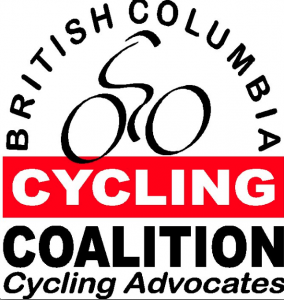- Present your brainstorming ideas for the project and the techniques you are using to choose one idea over another.
Our project is to research the ways in which rumble strips affect cyclists. We have a clear layout of what aspects of this issue that we need to discuss. We need to first research the pros and cons that rumble strips have on both motorists and cyclists in various situations (eg: A steep mountainous road with turns and a barrier on the edge of a cliff).
Once this research has been done, we will choose the best solutions to the problem (usually either keeping rumble strips or changing them in some way) in the following way: by weighing the importance of each pro and con and summing, we can determine the total effectiveness of the current design as well as each possible solution (generally either get rid of, or change the rumble strips in some way) and from this data, choose the best solution.
- Present the overview time-line and milestones leading to project completion.
Feb 15-20th
Research importance of rumble strips of various designs to motorists
Research impact of rumble strips or various designs on cyclists
Research the designs used in Europe where cycling is much more popular and their cycling transportation system is much more advanced to help provide possible solutions
By the end of spring break (Feb 24th)
Compile all research into a pros/cons list of each possible solution in various situations.
Feb 25th – 28th
Do the site investigation, test out the effects of rumple stripes on bikers. Ask people pass by the street, collect information.
Feb 28th – March 15th
Analysis information, compose the actual report.
March 15th – March 20th
Final editing, make the final copy of the report
March 20th – March 25th
Do the poster for the CBEL project
The photo taken when we meeting our client, Mr.Peter Stary


